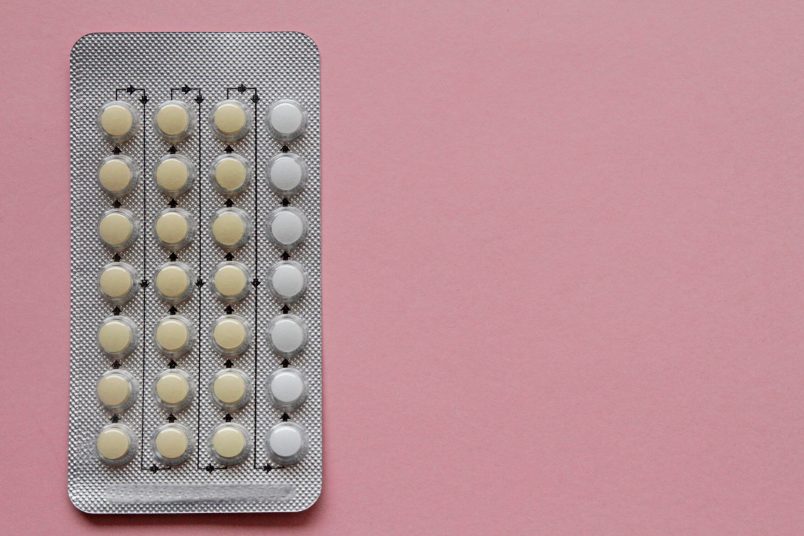A Food and Drug Administration panel unanimously voted Wednesday to recommend that a birth control pill become available without a prescription.
It’s one of the last steps in the process, as the FDA is expected to decide whether to lift the current prescription requirement in the coming months. The panel recommendation is not binding, but the FDA usually follows such recommendations. This particular birth control pill, Opill, would be the first in the United States to be moved to over-the-counter availability. It’s already available without a prescription in the United Kingdom, and was initially approved by the FDA in the U.S. in 1973.
The joint meeting of the Nonprescription Drugs Advisory and Obstetrics, Reproductive and Urologic Drugs Advisory committees was replete with presentations from the FDA and Opill’s pharmaceutical company, as well as questions from an ensemble of doctors representing different disciplines.
Those advocating for the pill to become more widely available pointed to the extremely high rates of unintended pregnancy in the U.S. — nearly half of all pregnancies are unintended in the U.S. each year — and the climbing rates of maternal mortality. Rates of unintended pregnancy are even higher for teenagers.
However, there’s another incredibly salient factor that was largely absent from the presentations: the current U.S. abortion landscape.
Per the Guttmacher Institute, 26 states have abortion schemes categorized as “restrictive,” “very restrictive” or “most restrictive.” In many of those states, abortions are virtually inaccessible.
Such a climate makes the accessibility of contraception a critical concern, particularly for girls and women who live in states with the most restrictive regimes. As it is, contraception has been linked to expanded educational opportunities and higher income for women and better outcomes for children; a 2012 National Bureau of Economic Research paper found that one-third of the wage gains women have made since the 1960s stem from the availability of birth control.
Though separate processes, targeting contraception has long been part of the anti-abortion movement, even if its activists sometimes muddied their stance so as not to alienate supporters.
“When emergency contraception first came about, some pharmacists refused to fill prescriptions and said that emergency contraception is an abortifacient, which it isn’t,” Carole Joffe, a professor in the University of California, San Francisco’s department of obstetrics, gynecology & reproductive sciences, told TPM. “Then it escalates — some were at one point refusing to fill prescriptions for regular birth control.”
Immediately after the anti-abortion movement had its historic victory in the Supreme Court overturning Roe v. Wade, right-wing lawmakers started eyeing intrauterine devices and Plan B, also known as the morning-after pill, to restrict next.
“Going after contraception is such an overreach — but that’s what social movements do,” Joffe added. “When they win one battle, they think they can win more.”
This dynamic is already playing out on the abortion medication front, where anti-abortion groups are seeking to get mifepristone, one of the drugs commonly prescribed to induce an abortion, pulled from the market even in blue states with broad abortion accessibility.
The mission has always been to ban abortion everywhere. With that effort ascendant, the FDA’s final decision on making this birth control easily available is coming at a particularly crucial moment.







Good news.
Should have happened a long time ago.
Let’s see what Judge Kaczmaryk has to say about this.
Good luck finding the live stream.
Yes, I’m sure he would choose to outlaw it completely since viability is not a concern of the “life begins at conception” crowd. As such, the fact that the fertilized egg could not implant and begin to grow is “murder” to them.
Yay, action! Seriously, this seems like an important move.